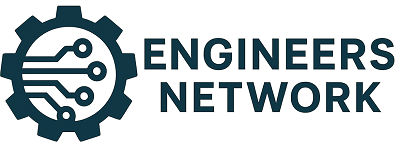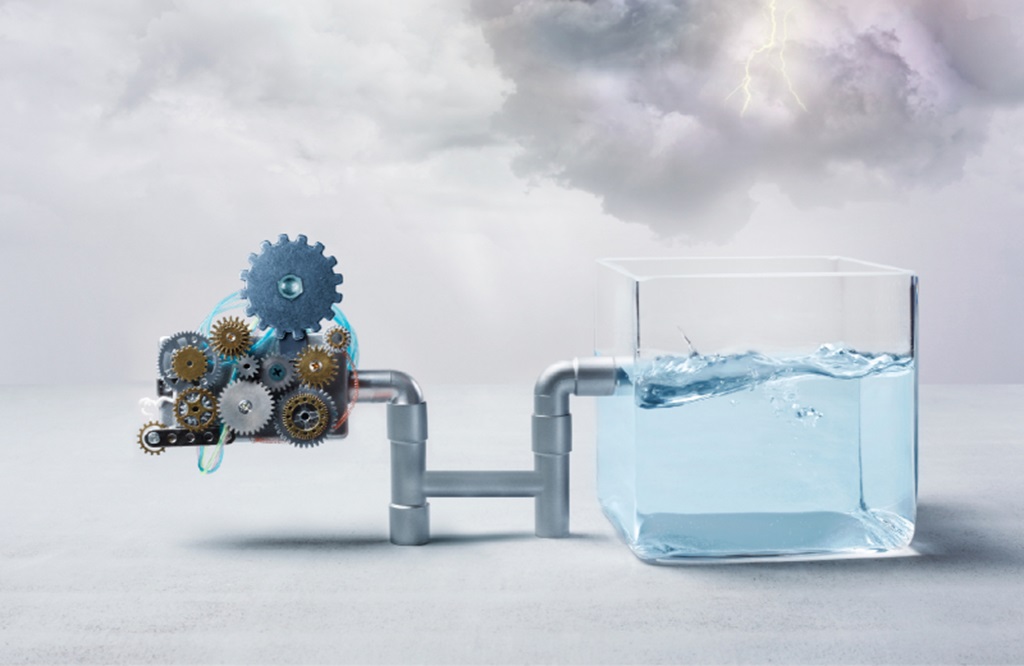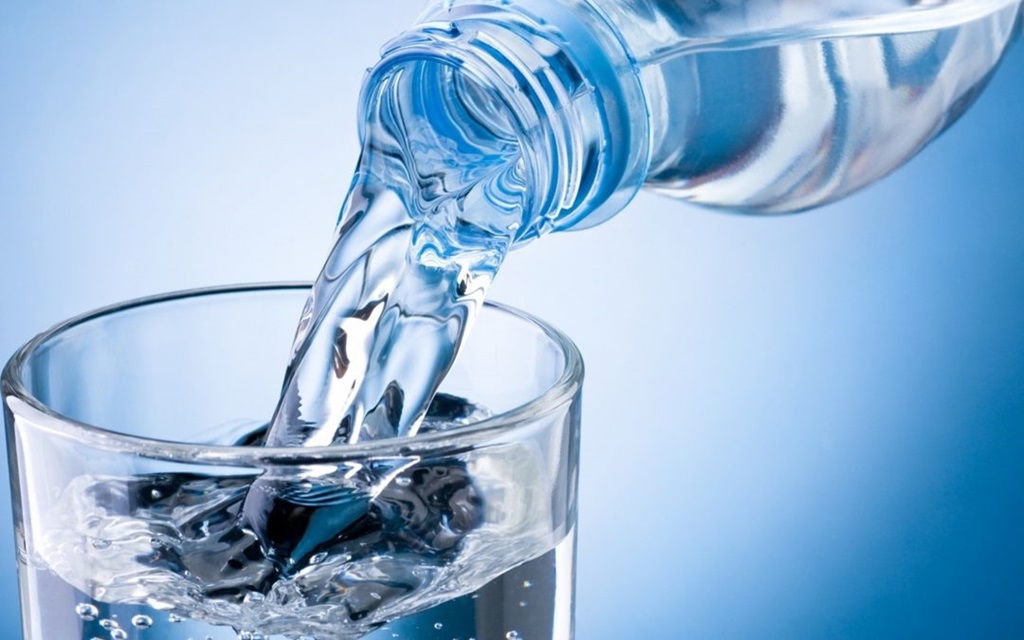Access to clean, safe drinking water is one of the most basic human needs. Yet, for millions worldwide, this necessity is out of reach. Contaminated water spreads diseases and takes lives. Even in developed countries, aging infrastructure allows harmful pollutants to enter water supplies.
Fortunately, innovations in water purification offer hope for protecting this precious resource. This article will explore how emerging pure water technology can improve health, boost economies, and raise living standards globally.
The Importance of Pure Water Technology
Clean water is essential for life. The human body is made up of roughly 60% water. We need it to maintain bodily functions, regulate temperature, remove waste, and keep organs working correctly. Contaminated water threatens these processes and spreads diseases like cholera, typhoid, and dysentery.
Over 2.2 billion people lack access to safely managed drinking water. This forces communities to drink from polluted sources, risking the health of entire populations. Preventable waterborne diseases kill over 500,000 people each year—mostly children under 5 in developing regions.
Beyond drinking, water sanitation is critical for modern societies. Clean water ensures effective hygiene, cooking, washing, and waste removal. Without it, infections readily spread. Students miss school due to waterborne illness, perpetuating cycles of poverty.
Access to ample clean water also boosts economies. It allows manufacturing, agriculture, and industries to thrive. UN estimates show that for every $1 invested in clean water access, there is a $4 economic return.
The need for innovative water solutions intensifies with the global population rising alongside climate change pressures. New purification methods are vital for uplifting living standards around the world.
The Drawbacks of Traditional Water Treatment
For centuries, civilization has sought methods to decontaminate drinking water. Early techniques like sand filtration date back thousands of years. In the 1800s, major cities began large-scale municipal water treatment.
While traditional processing like chlorination removes many hazards, it has critical drawbacks:
- Limited contaminant removal – Standard methods mainly target microbial pathogens. Many toxic pollutants like lead, nitrates, and pharmaceuticals remain. These can have long-term health consequences.
- Harsh chemicals – Chemical disinfectants effectively kill germs but also produce toxic byproducts. Chlorine forms carcinogenic compounds when reacting with organic matter. Ozonation can yield bromate, which is linked to cancer.
- Waste production – Old filtration techniques require extensive backwashing, generating tons of contaminated water needing disposal. Membrane methods like reverse osmosis also produce high-salt brine solutions.
- Costly infrastructure – Conventional facilities have complex piping, pumping, clarification tanks, and mechanical filters. This heavy infrastructure is expensive to build, maintain, and upgrade.
These challenges demonstrate the need for new, sustainable water purification methods – especially in lower-income regions. Advanced technologies must efficiently eliminate all contaminants without adverse environmental impacts or ongoing costs.
The Promise of Pure Water Technology Innovations
Exciting breakthroughs in water treatment technology are overcoming prior limitations. Novel techniques offer safe, affordable purification without harsh chemicals or waste. They extract a more comprehensive array of pollutants using less energy and simple materials.
Here are some emerging methods poised to expand clean water access worldwide:
Ultrafiltration
Ultrafiltration utilizes semi-permeable membranes with microscopic pores to physically filter out contaminants. The excellent filters exclude bacteria, viruses, and particles above 0.01 microns. Ultrafiltration removes pathogens and turbidity while allowing water molecules to pass through.
This process operates without heating, chemicals, or waste disposal. The energy-efficient approach requires little infrastructure and minimal maintenance compared to older methods. Ultrafilters can be manufactured from affordable, locally available materials – an advantage for rural or developing areas.
Forward Osmosis
Forward osmosis (FO) is an innovative filtration system modeled on the natural osmosis process. In osmosis, water diffuses across a semi-permeable barrier from a dilute solution into a concentrated one, seeking equilibrium. FO harnesses this for water purification.
Contaminated water flows on one side of a synthetic osmosis membrane. On the other is a non-toxic draw solution with high solute concentration. Pure water naturally migrates through the membrane into the draw solution – separating pollutants.
FO provides excellent contaminant removal without high pressure or electricity demands of reverse osmosis. It also permits water recovery, unlike older membrane processes. FO’s simplicity, efficiency, and durability make it promising for decentralized systems.
Photocatalysis
The photocatalytic treatment uses light-activated catalysts to destroy chemical contaminants and microorganisms. Illuminated semiconductor catalysts produce reactive agents that oxidize and mineralize impurities without additional inputs.
Studies find photocatalysis effectively degrades pesticides, pharmaceutical residues, dyes, and other stubborn pollutants recalcitrant to traditional methods. It also eradicates pathogens and viruses without harmful byproducts.
Photocatalytic systems are easy to maintain with low energy costs. Given sunlight, they can operate passively with minimal parts or supplies. This enables affordable deployment in rural locations. Photocatalysis shows particular potential for portable point-of-use devices.
Biofiltration
Biofiltration is a decentralized technique using living materials for water cleanup. Contaminated water moves through bioreactors of microbes, plants, fungi, or other organisms. These biological agents degrade or sequester pollutants through their natural metabolism.
Studies reveal biofiltration reduces heavy metals, organic waste, fertilizers, pharmaceuticals, and microplastics. Microbial communities also eliminate disease-causing pathogens. Performance improves over time as ecosystems mature.
Beyond water purification, biofilters offer ecological benefits. They regenerate water supplies naturally without chemical inputs. The low-maintenance, low-tech systems can be built from local biomaterials. Biofiltration is easy to scale for small settlements or households.
Nature-Based Solutions
Nature-based solutions repurpose ecosystems to decontaminate water through natural biogeochemical processes. For example, constructed wetlands harbor microbial communities to metabolize waste. Planted rain gardens allow biological and physical filtration to remediate runoff.
Such systems provide a sustainable, multifunctional approach to water treatment. Natural buffers like forests and floodplains can also be preserved to protect waterways. Green infrastructure like green roofs helps absorb stormwater and pollution in urban areas.
Nature-based designs avoid the costs of traditional infrastructure while benefiting wildlife. Operating and maintenance expenses are meager because they work passively without human energy. This allows affordable, decentralized treatment suitable for remote areas.
Widespread Potential Benefits
Transitioning to advanced purification methods promises widespread advantages for communities worldwide:
Improved Public Health
The most critical impact of clean water access is improved public health. Removing pathogens and toxins prevents gastrointestinal and other illnesses, especially in children with safer water, and infectious diseases from cholera to typhoid, hepatitis, polio, and dysentery decline.
Reduced illness allows kids to attend school more and adults to work. This supports economic growth. Community well-being improves when people aren’t constantly ill from preventable diseases.
Increased Accessibility
Pure water innovations allow decentralized treatment near the point of use. This makes safe water available to rural villages, urban slums, and underserved regions lacking centralized utilities. With simple, low-maintenance designs, community-scale systems are feasible almost anywhere.
Accessibility applies on a household level, too. Compact technologies like ultrafilters and photocatalytic devices permit purified water in homes relying on contaminated local sources or expensive bottled water.
Environmental Protection
New processes minimize waste and energy consumption compared to conventional methods. This helps conserve resources and protects ecosystems. Avoiding harsh chemicals also means cleaner effluent. Technologies like forward osmosis permit water recycling rather than disposal.
Natural treatment options further benefit the environment. Biofiltration supports biodiversity and ecosystems while replenishing water supplies. Overall, pure water technologies help create a cleaner, greener future.
Economic Development
Lack of clean water hinders local economies and perpetuates poverty. Purification technologies remove this obstacle, allowing communities to flourish. With better health and accessibility, people invest more time in education and livelihoods. Industries can expand with reliable water access.
Saving lives and money lost to preventable diseases also supports economic growth. WHO estimates universal safe water access could save $60 billion annually in increased productivity and avoided health costs.
Improved Resilience
Advanced decentralized systems simplify operation and maintenance in remote areas. Modular designs are also flexible to meet changing needs. These features allow communities to maintain reliable water access despite natural disasters or other disruptions that compromise infrastructure.
Household-scale units further resilience by decentralizing supply. This way, temporary loss of utilities doesn’t cut off whole populations from safe water. Enhanced emergency preparedness is essential amid climate change pressures.
Overcoming Deployment Obstacles
Despite all the benefits of emerging water purification methods, some obstacles remain to widespread deployment:
Technological Limitations
While great strides are occurring, some technologies remain in development. Continued engineering is needed to refine processes and improve performance. Membranes, catalysts, and reactor designs must be optimized. Further testing will verify purification capabilities for all contaminants.
More field research is also essential to assess sustainability factors like durability, costs, social acceptability, and operational feasibility in diverse settings.
High Initial Expenses
Even inexpensive emerging options may remain beyond reach for communities lacking primary water access. External support is often needed to install the first systems until costs decrease with scale. However, aid funding is limited and inefficient. Those in greatest need may be unable to afford new technologies without financing programs.
Lack of Awareness
Promising innovations mean little if people are unaware of them. Stakeholders, from local communities to policymakers, may be unfamiliar with the benefits of new methods. Limited knowledge also breeds skepticism of unproven technologies, slowing adoption. Targeted education and demonstration projects are essential.
Insufficient Infrastructure
While decentralized systems require minimal infrastructure, some capacity for operation and maintenance is still essential. Rural areas may lack basic electricity, transportation, technician training, replacement parts, and other prerequisites to sustain technologies. Capacity building must accompany technology deployment.
Policy Barriers
Outdated policies and inadequate regulations also hinder technology uptake. Approval processes for new methods are often lengthy. Water quality standards must expand to cover previously unmonitored pollutants. Tariffs, subsidies, and financing tools need alignment to enable adoption. Policy reform is critical.
Driving Progress Through Partnerships
Overcoming obstacles requires aligned efforts by diverse stakeholders:
Communities must be engaged throughout project cycles to maximize uptake. Locals know contextual factors influencing acceptance and sustainability. Participatory approaches empower the people most impacted to guide solutions.
Governments should prioritize water access and update policies to enable new technologies. Market incentives like subsidies and revolving funds can accelerate deployment. Officials also must build institutional capacity.
Research Institutions should further develop technologies and implementation models. Field studies on technical viability and social dynamics will optimize systems. Data aids decision-making.
NGOs can fund demonstrations to build evidence and awareness. They can educate communities on options, coordinate local partnerships, and provide training. NGOs also have a crucial role in advocacy.
Private Industry offers critical innovation, manufacturing, and distribution capacity. Companies can adapt products for affordability and appropriate scale. They should invest in underserved markets.
Philanthropists can provide pivotal early financing to prove concepts and initiate projects until costs decrease. Donors can also convene multi-sector partners.
Together, aligned efforts of public, private, academic, and civic groups can maximize the life-changing impacts of emerging water innovations.
Looking to the Future
Access to sufficient, safe water underpins health, dignity, and prosperity – yet remains out of reach for millions. As population growth and environmental pressures mount, the need for efficient, affordable solutions intensifies. Advanced purification technologies represent the transformative breakthroughs communities need.
Methods like ultrafiltration, forward osmosis, photocatalysis, biofiltration, and nature-based solutions overcome the limitations of conventional treatment. Harnessing these innovations will help uplift entire regions out of poverty. Economic activity will flourish when unfettered by waterborne diseases. Kids can turn their attention from water access toward education and opportunity. Cleaner water will flow through more taps and irrigation canals, supporting life in all its forms.
Of course, technology alone cannot solve this complex crisis; human factors are equally important. Progress requires wise policy, grassroots participation, awareness building, funding prioritization, and strong partnerships across sectors. But emerging innovations offer the most powerful tool yet to provide clean, safe water to all.
The path won’t be quick or easy, but for the world’s poor and marginalized, every step closer to universal water access means more excellent health, dignity, and hope for a brighter future.
Conclusion
Access to clean water through pure water technology is a basic human necessity and pivotal for public health, economic growth, and improved living standards. However, traditional water treatment methods have key drawbacks that limit their effectiveness and accessibility. Emerging innovative technologies like ultrafiltration, forward osmosis, photocatalysis, biofiltration, and nature-based solutions overcome many limitations of conventional approaches.
By harnessing new purification processes, communities worldwide can access safe, sustainable water – unlocking benefits for health, environment, education, local economies, and resilience. Realizing the full potential of these life-transforming solutions will require continued research and engineering alongside new policies, partnerships, awareness-building, and creative financing models. But the promise is precise – advanced water purification technologies provide the most potent route yet to secure clean water access, uplifting entire regions out of poverty and enabling all people to thrive.
Frequently Asked Questions
What are some traditional water treatment methods, and what are their drawbacks?
Some conventional water treatment methods include chlorination, flocculation, sedimentation, sand filtration, and processes like reverse osmosis. While these remove some contaminants, they have limitations like incomplete contaminant removal, chemical use, waste production, infrastructure costs, and more.
How can ultrafiltration technology purify water?
Ultrafiltration uses porous membranes to physically filter out contaminants larger than 0.01 microns, like bacteria, viruses, and particles. Water diffuses while particulates are trapped, removing pathogens without chemicals or waste.
How does the natural process of osmosis enable forward osmosis filtration?
In forward osmosis, impaired water, and a concentrated solution are separated by a membrane. Pure water naturally diffuses through the membrane into the focused solution following the principle of osmosis. This effectively filters contaminants without high pressure or energy.
What are the main advantages of using a photocatalytic process for water purification?
Photocatalysis harnesses light-activated catalysts to destroy chemical and microbial pollutants without additional inputs. It effectively degrades stubborn contaminants, pathogens, and viruses at low energy costs with minimal parts and maintenance.
How can nature-based solutions like constructed wetlands purify contaminated water?
Nature-based designs utilize natural ecosystems and organisms to filter contaminants through biological processes. For example, wetland microbes metabolize wastes, while plants uptake excess nutrients. This method avoids the costs of building infrastructure.
What are some ways to drive the adoption of innovative water purification technologies?
Strategies include continued R&D, demonstration projects, community engagement, policy reform, market incentives, multi-sector partnerships, financing programs, capacity building, and education campaigns to build awareness and a supporting environment.
Tags: goulds water technology, hoh water technology, phsi pure water technology, pure water technology by phsi, pure water technology by phsi troubleshooting, pure water technology cost, pure water technology filter replacement, pure water technology water dispenser, water technology







Leave a Reply